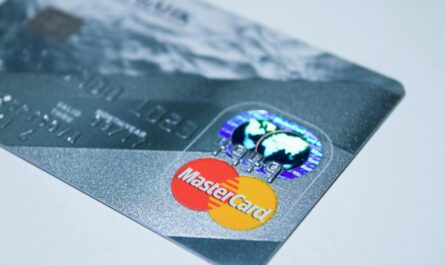Understanding your credit utilization ratio is crucial for maintaining a healthy credit score. It’s a key factor lenders look at when assessing your creditworthiness. This post will break down what it is, how it’s calculated, and how to keep it in a healthy range.
What is Credit Utilization Ratio?
Your credit utilization ratio is the amount of credit you’re using compared to your total available credit. It’s expressed as a percentage. For example, if you have a $10,000 credit limit and owe $3,000, your credit utilization ratio is 30%. 
How is it Calculated?
The calculation is simple: (Total credit used / Total available credit) * 100. Let’s say you have two credit cards: one with a $5,000 limit and $1,000 used, and another with a $2,000 limit and $500 used. Your total credit used is $1,500, and your total available credit is $7,000. Your credit utilization ratio is therefore (1500/7000)*100 = 21.4%. This is a good example of why it’s important to monitor all your credit accounts. Learn more about managing multiple credit accounts.
Why is it Important?
Lenders see a high credit utilization ratio as a risk indicator. It suggests you may be overspending and struggling to manage your debt. A high ratio can negatively impact your credit score, making it harder to get approved for loans or credit cards in the future, and potentially resulting in higher interest rates. Check your credit report for free to monitor your progress.
What is a Good Credit Utilization Ratio?
Generally, keeping your credit utilization ratio below 30% is recommended. Aiming for under 10% is even better, as this signals excellent financial management.  Using more than 30% of your available credit can significantly hurt your credit score. Read our guide to improving your credit score.
Using more than 30% of your available credit can significantly hurt your credit score. Read our guide to improving your credit score.
How to Improve Your Credit Utilization Ratio
There are several ways to improve your credit utilization ratio. One is to pay down your existing credit card balances. Another is to increase your available credit by applying for a new credit card with a higher limit, but only do this if you are confident in managing your spending. Regularly reviewing your credit report is also critical. Learn more about responsible credit card use. You can also consider a balance transfer to a card with a lower interest rate. [IMAGE_3_HERE]
The Impact on Your Credit Score
Your credit utilization ratio accounts for a significant portion of your credit score calculation. Maintaining a low ratio demonstrates responsible financial behavior and helps you avoid unnecessary penalties and interest. A low utilization ratio can help you qualify for loans at better interest rates and secure better financial products overall. Discover more about how your credit score works.
In conclusion, understanding and managing your credit utilization ratio is vital for your financial health. By keeping your utilization low, you can protect your credit score and access better financial opportunities in the future. Find a financial advisor near you.
Frequently Asked Questions
What happens if my credit utilization is too high? A high credit utilization ratio can negatively impact your credit score, making it harder to secure loans or credit cards at favorable rates.
How often should I check my credit utilization? It’s a good idea to check your credit utilization at least once a month to stay on top of your spending and ensure it remains in a healthy range.
Can a high credit utilization ratio affect my ability to get a mortgage? Yes, lenders use your credit utilization ratio as a factor when assessing your mortgage application. A high ratio can decrease your chances of approval or result in higher interest rates.
What if I don’t have many credit cards? Even with fewer cards, it’s important to keep your credit utilization ratio low. Focus on managing the credit you do have responsibly.
How long does it take for changes to my credit utilization to reflect on my score? Changes to your credit utilization are usually reflected in your credit score within a few months.



